Archaeologists Discover Cultivated Food Item That Predates Agriculture by Thousands of Years
Researchers have stumbled upon a serendipitous discovery during excavations at an archaeological site in the Middle East. The findings may shed valuable insight into the events that led to the emergence of agricultural societies around 8,000 years ago.
Archaeologists unearthed the charred remains of a cultivated food item that dates back several thousands of years before the emergence of agriculture. The implications of the discovery may suggest that early humans began cultivating cereals much earlier than originally thought.
Homo Sapiens and Their Early Foods
For most of human history, it was widely believed that hominins were primarily hunter-gatherers, relying on hunting wild animals and fish and foraging for wild fruits and vegetables, including honey.
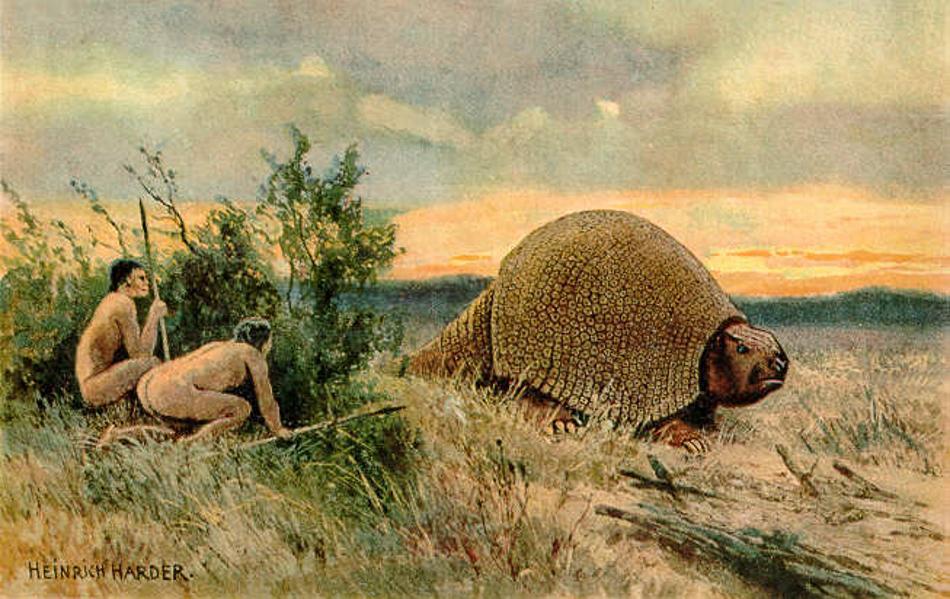
Source: Wikimedia
Researchers surmise this was the societal practice carried out by humans and their ancestral species, including Neanderthals and Denisovains, for at least 2 million years until it all began to change during the Neolithic era.
The Farming Revolution During the Neolithic
Around 10,000 to 12,000 years ago, farming began in a region known as the “Cradle of Civilization,” which comprises modern-day Iraq, Iran, the Levant, and parts of Turkey.
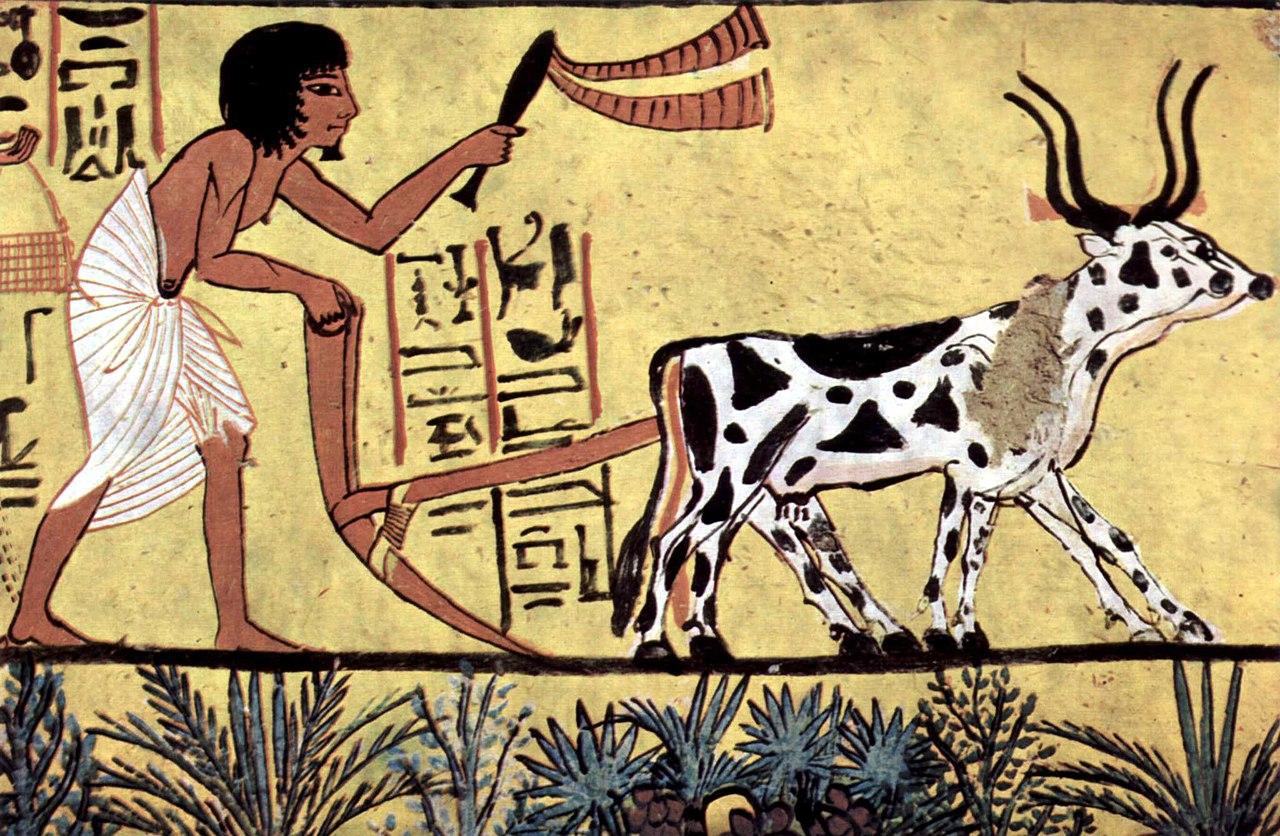
Source: Wikimedia
Researchers have found evidence of the cultivation of plants and the domestication of crops and animals in this reigon, which would serve as the foundation for agricultural practices that would later spread throughout the world.
Evidence of the Cultivation of Crops Before the Farming Revolution
While some researchers have suggested farming may have independently arisen in other parts of the world, most agree the Cradle of Civilization played a significant role in the spread of agricultural practices.
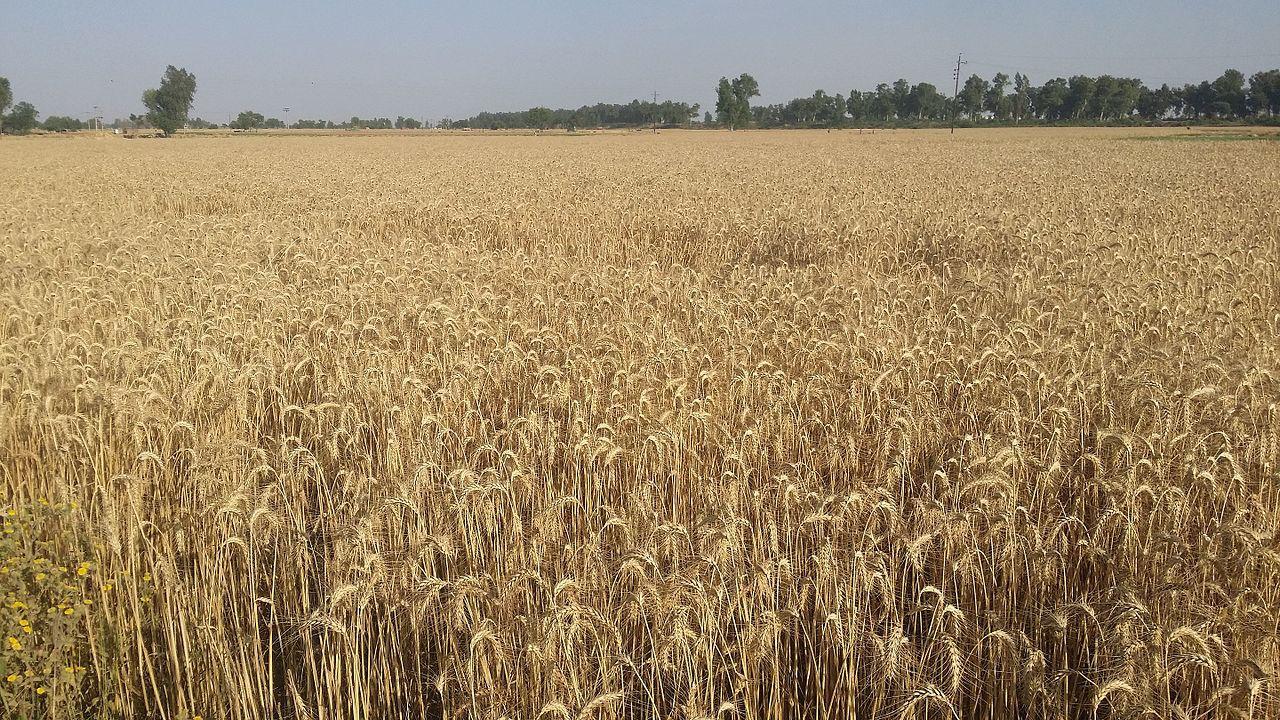
Source: Wikimedia
However, a recent excavation of a site in northeastern Jordan has produced evidence that humans may have been cultivating cereals thousands of years earlier than initially thought.
Archaeologists Stumbled Upon Fascinating Discovery in Jordan
A team of researchers from the University College London, the University of Copenhagen, and the University of Cambridge was working at the 14,400-year-old Natufian site located in the Black Desert when they stumbled upon the remains of a charred food-like item.
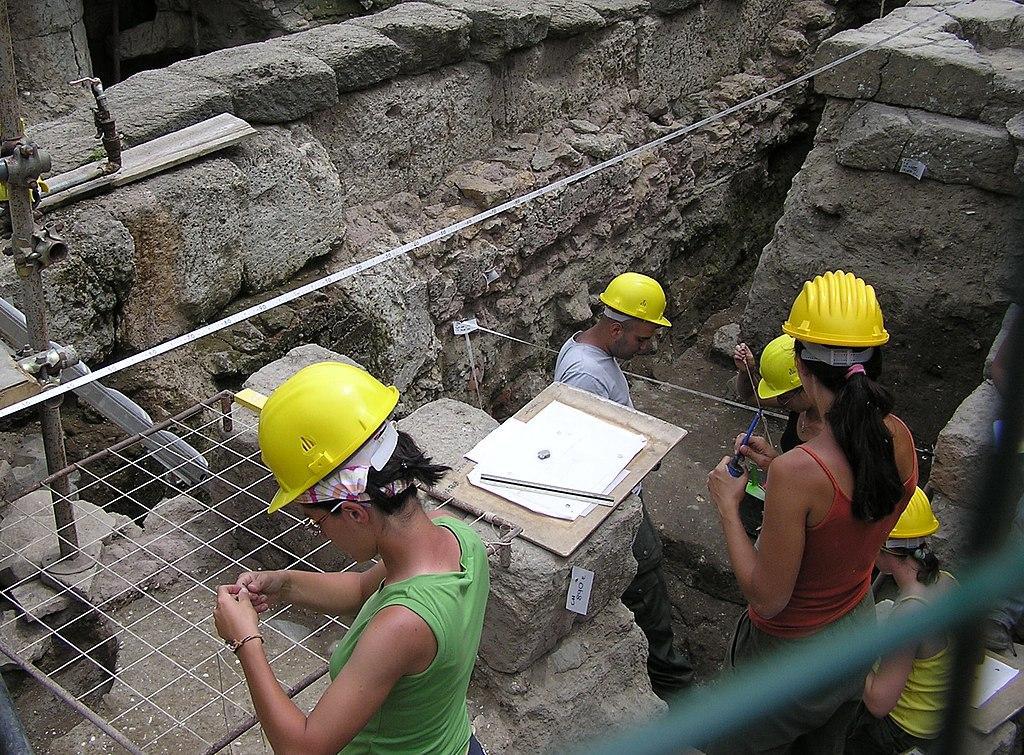
Source: Wikimedia
Upon further investigation, they realized it was the remains of an ancient flatbread made from cultivated cereals.
The Commencing of the Agricultural Revolution
The discovery of bread at the site suggests humans were actively engaged in cultivating cereals up to 4,000 years before the agricultural revolution.

Source: Wikimedia
Researchers have since theorized that the production of bread during this early era may have encouraged ancient humans to settle in fertile regions, thus commencing the agricultural revolution of the Neolithic period.
14,000-Year-Old Food Practices at Shubayqa 1
University of Copenhagen archaeobotanist Amaia Arranz Otaegui shared her thoughts on the discovery during a press release.
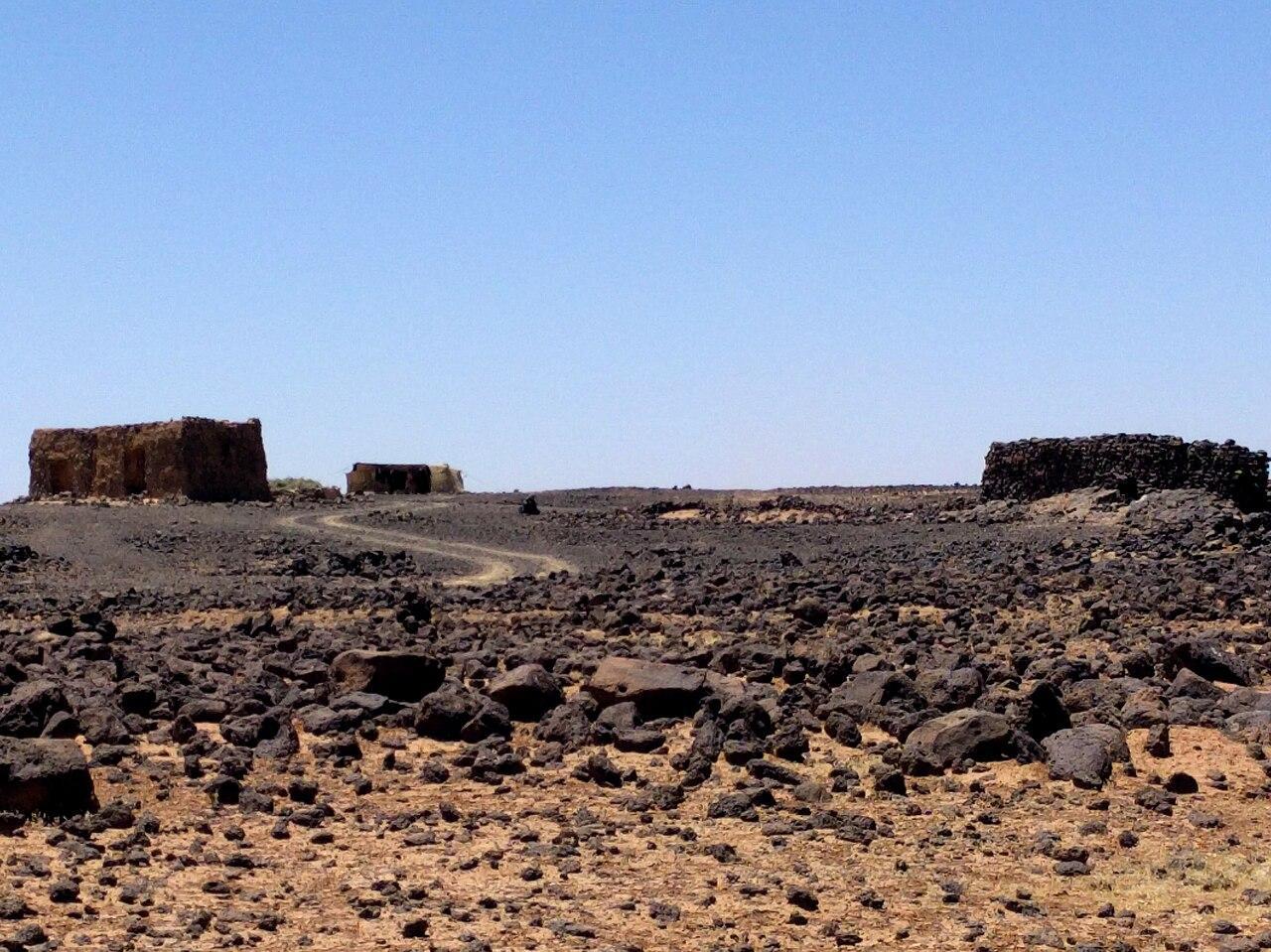
Source: Wikimedia
“The presence of hundreds of charred food remains in the fireplaces from Shubayqa 1 is an exceptional find, and it has given us the chance to characterize 14,000-year-old food practices,” said Otaegui.
Archaeologists Discover Barley, Einkorn, and Oat Cereals
Otaegui, who’s named as the first author of the study, explained the various cereals discovered during their testing of the charred remains at Natufian, also known as Shubayqa 1.
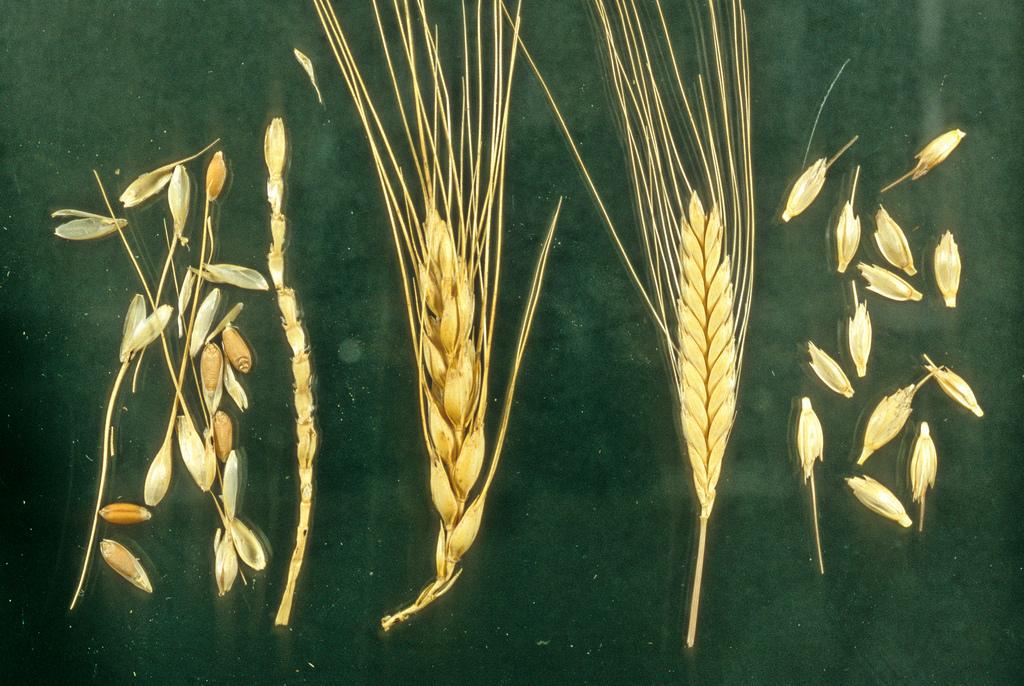
Source: Wikimedia
“The 24 remains analyzed in this study show that wild ancestors of domesticated cereals such as barley, einkorn, and oat had been ground, sieved, and kneaded prior to cooking,” she said.
Bread Emergences Before Widespread Agriculture
According to Otaegui, the presence of bread at the Neolithic sites suggests humans had been cultivating cereals long before the spread of agriculture.

Source: Wikimedia
“The remains are very similar to unleavened flatbreads identified at several Neolithic and Roman sites in Europe and Turkey. So we now know that bread-like products were produced long before the development of farming,” she noted.
Archaeological Interest in Pre-Agricultural Humans
University of Copenhagen archaeologist Tobias Richter explained, “Natufian hunter-gatherers are of particular interest to us because they lived through a transitional period when people became more sedentary and their diet began to change.”
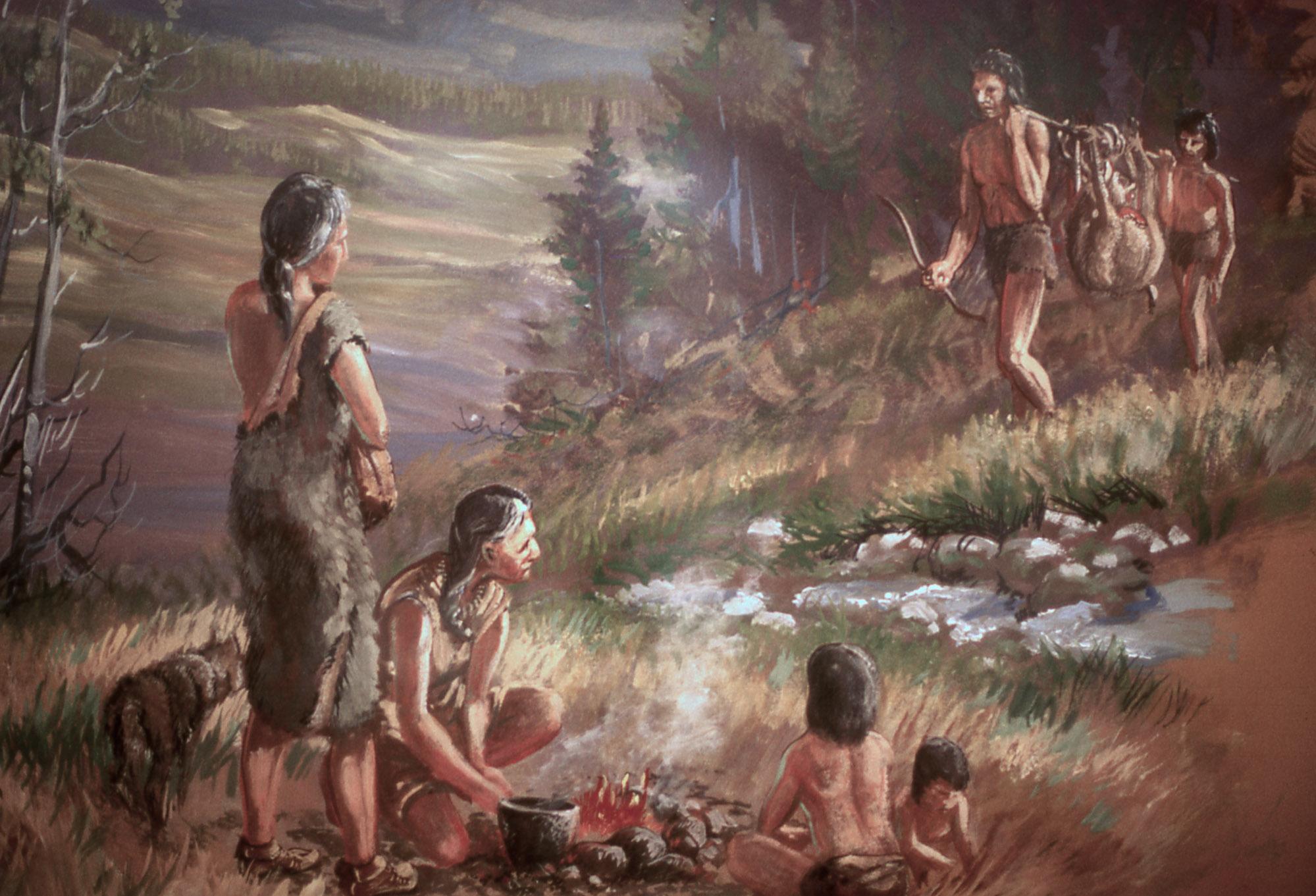
Source: Wikimedia
“Flint sickle blades, as well as ground stone tools found at Natufian sites in the Levant, have long led archaeologists to suspect that people had begun to exploit plants in a different and perhaps more effective way,” he said.
The Driving Force Behind the Agricultural Revolution
Richter, who led the team of archaeologists during the excavations at Shubayqa 1, shared his opinion on the early cultivation of cereal witnessed at the site.
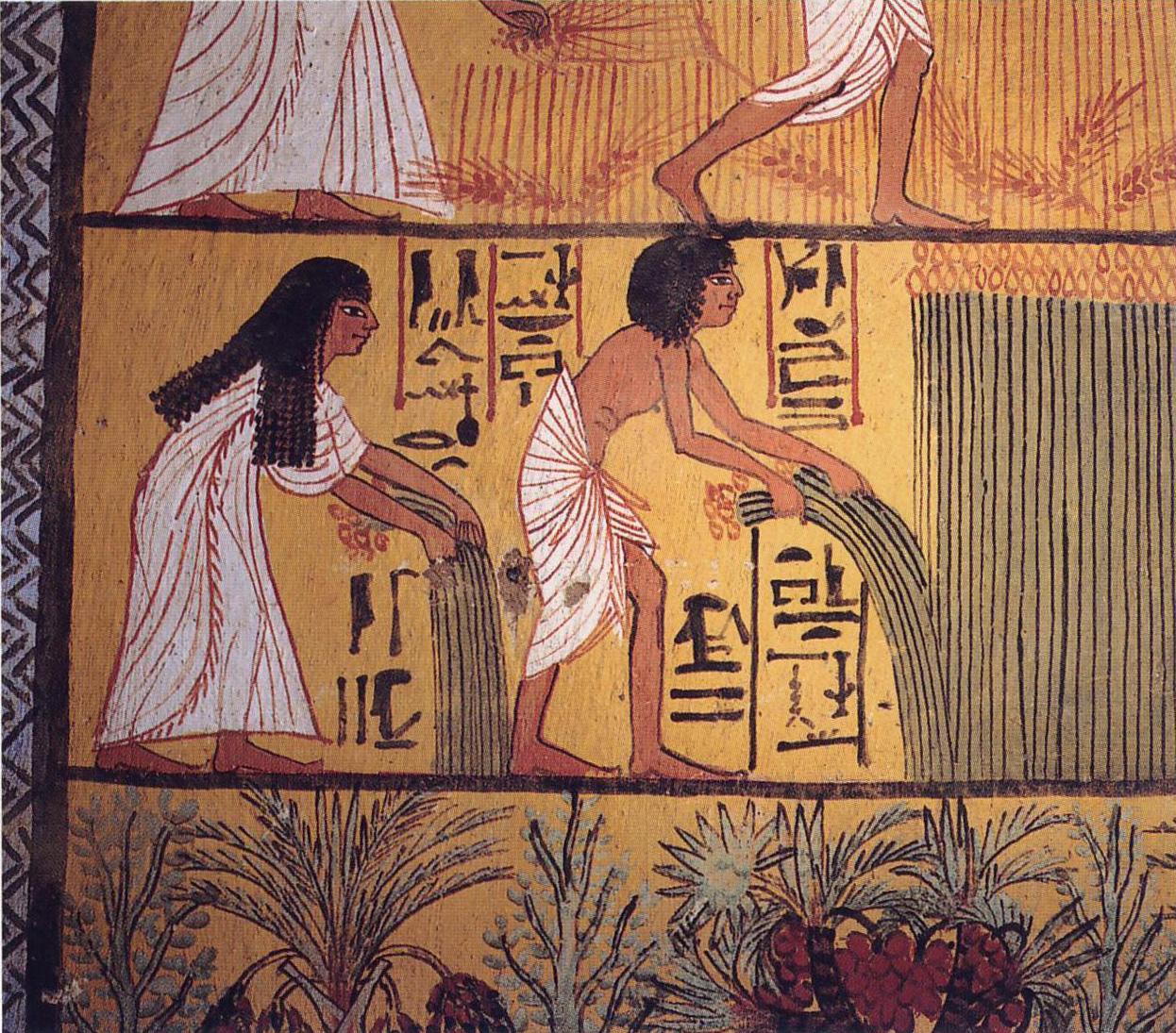
Source: Wikimedia
“So this evidence confirms some of our ideas. Indeed, it may be that the early and extremely time-consuming production of bread based on wild cereals may have been one of the key driving forces behind the later agricultural revolution where wild cereals were cultivated to provide more convenient sources of food,” he said.
What's Next for the Archaeologists?
Despite the discovery of various cereals at the site, further investigations will need to be conducted before it can be said with certainty that sites like Shubayqa 1 played a role in the domestication of crops.

Source: Wikimedia
“The next step is to evaluate if the production and consumption of bread influenced the emergence of plant cultivation and domestication at all,” said Otaegui.
